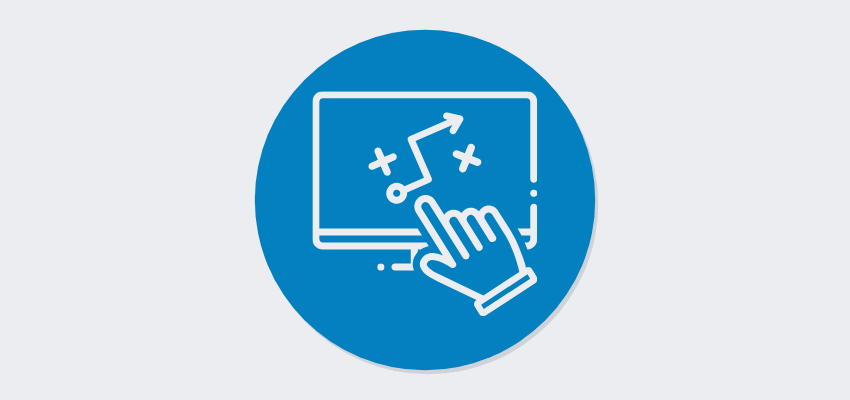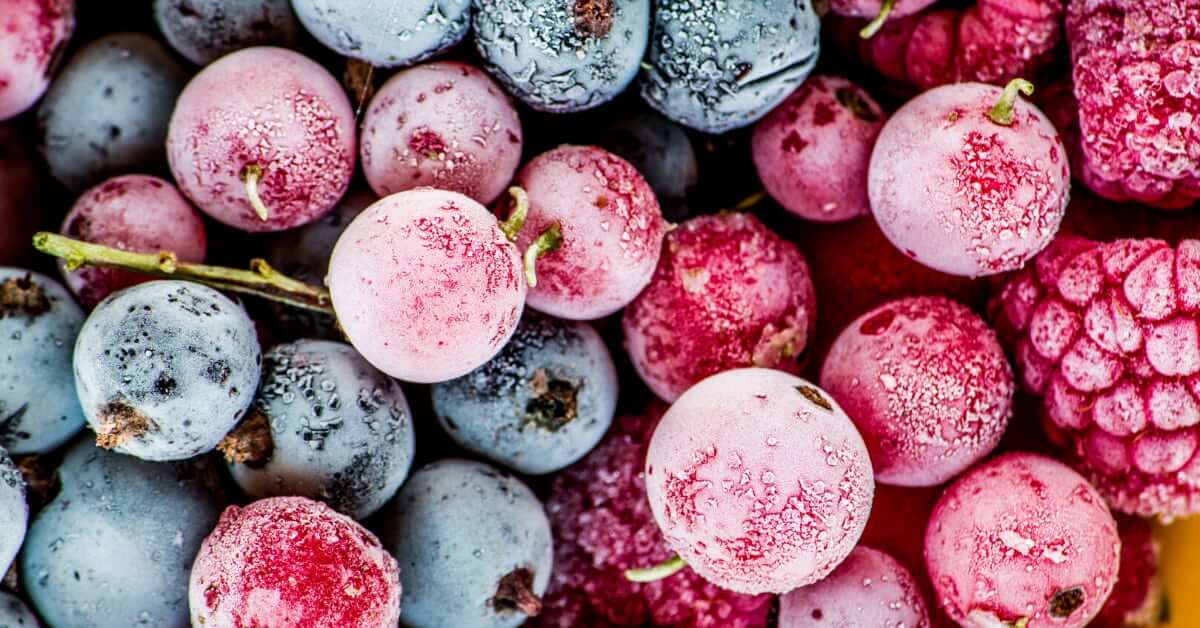Did you know most school nutrition programs menus contain are between 15-30% commodities? Commodities play a vital role in any school nutrition program, and knowing how to use them efficiently can save your program time and money.
When you’re planning your school year menu, there plenty of creative ways to use your commodities effectively. In this post, you’ll learn how to:
- Forecast USDA items
- Plan for processing
- Prevent commodity waste
Ready to get started? Let’s take a look at planning and how to forecast your USDA commodity items.
Plan Ahead: Forecasting USDA Commodities

Time is of the essence when planning menus for the upcoming school year; it’s crucial to forecast uses and quantities for your commodity foods well in advance.
One step is to determine how much of your commodities must go toward processing, like meats, versus whole foods, like fruit cups and frozen veggies.
Choosing which USDA products you want to use can be a challenge. Start the process by planning your menu.
First, determine the commodity and non-commodity entrees you want to include on your menus.
Next, see which vegetable subgroups you need to include on those menus. Select USDA vegetables, then fill in the gaps with non-commodity veggies.
Finally, move onto your other components like fruits, milk, and any additional grains and meat/meat alternates.
When you begin your menu planning with USDA items, your commodity dollars are used and prioritized before moving on to non-commodity food items.
Use Your Commodities and Prevent Waste
Commodity waste happens to the best of us, but brainstorming new ways to to serve leftover foods helps tremendously.
Consider several ways you can use a product before you order it. You don’t want to end up with a large stock of one item with no idea how to use it at the end of the school year.
Having several handy ideas for each product helps in case your students don’t like the option you originally planned.
Not sure how to serve an item or want to try something different? Taste test recipes with your students to see what they like. You can also use this as an opportunity to tie in nutrition and farming lessons.
Is Processing Really Cutting Costs?

Almost half of all USDA foods are sent for further processing, turning basic staples into menus items that your students will be excited about. For example, apples are used to create applesauce, and tomato paste is used to create ketchup packets.
If you’re planning to process some of your items, first compare processing fees to the cost of commercially available food items.
Maybe you have a lot of USDA chicken you want to process, so you decide to make that into chicken nuggets or breaded patties. That commodity chicken may end up being pricier than just buying commercially available chicken. In that case, spend your commodities elsewhere to save money.
Using Leftovers Creatively

There are so many ways to use leftover commodities creatively at the end of the school year!
Make a Fruit Crisp
If you have lots of leftover fruit, a whole-grain crisp allows plenty of room to get creative. Try mixing different types of fruit into your crisp. It’s a great way to keep things interesting while also meeting your fruit component.
Leftover Fruit Salad
Students also enjoy a change from the norm of what fruits they see on the breakfast or lunch line. Combine your leftover fruit, fresh or thawed frozen, such as strawberries with apple slices or blueberries and peaches. Use extra juice you have on hand to prevent fruit from browning while on the line.
Frozen Fruit Cups
If you have a copious amount of fruit cups leftover from the school year, add them to your summer feeding program. Serve them frozen for a refreshing summer treat.
With Online Ordering from LINQ Nutrition, you can set up frozen fruit options for students to choose from. Students select their frozen fruit of choice, along with their other meal components, to create a reimbursable meal they can enjoy on a summer day.
The Soup’s On!
If you have a lot of leftover vegetables, creating soups like vegetables or minestrone is an easy way to mix and match extra vegetables, meet your vegetable subgroups for the week, and prevent waste.
Using extra or leftover items by turning them into creditable meal components prevents waste while also serving as a great addition to a reimbursable meal.
Conclusion
Ordering USDA commodities for your district may take additional planning and effort up front, but they can be a great way to save money.
Taking advantage of commodity items adds variety to your school menu planning while keeping menus fresh and exciting for your students.
